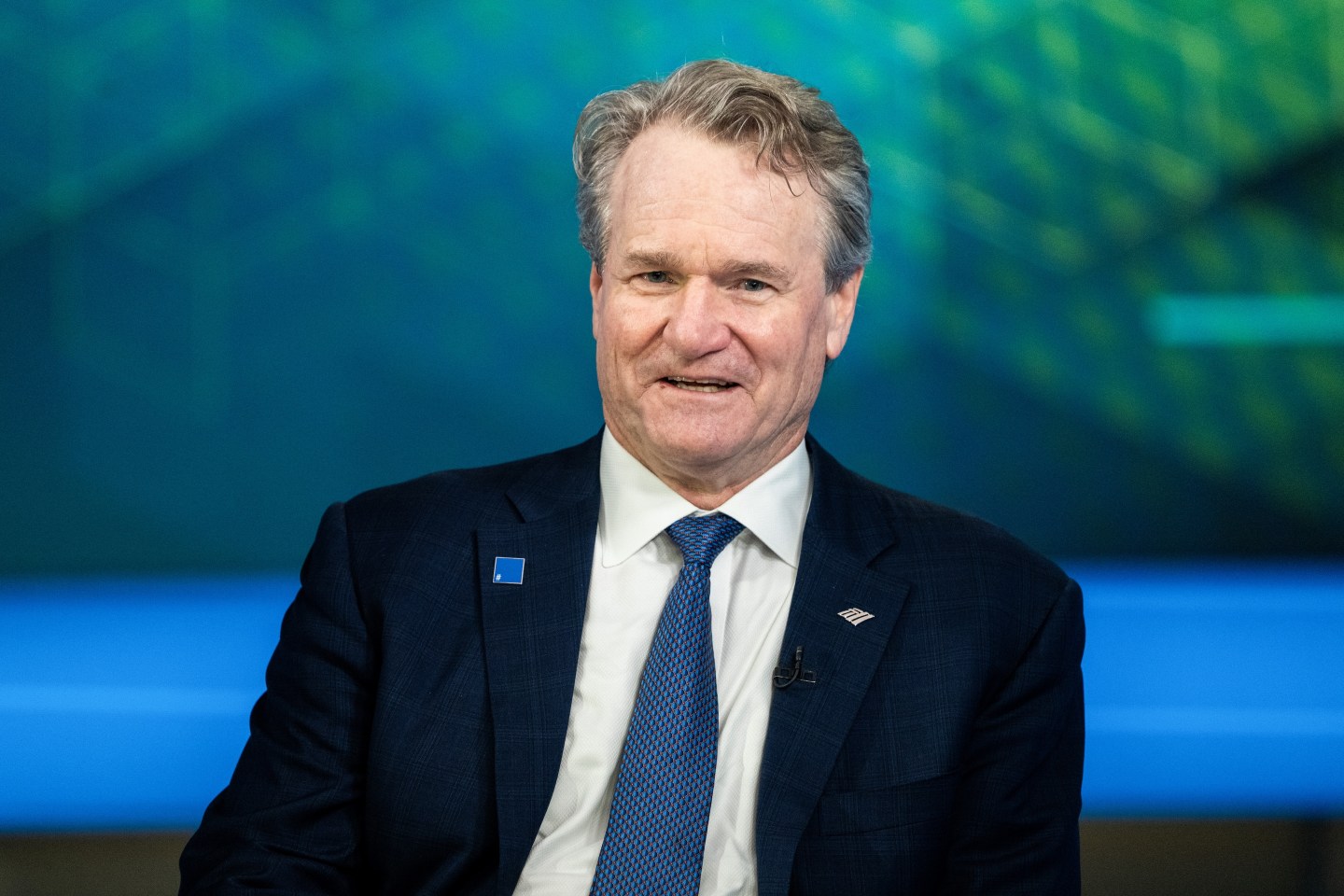Good morning!
Last year was a rocky one for diversity, equity, and inclusion in corporate America, as several major companies distanced themselves from their DEI initiatives.
Ford, Lowe’s, John Deere, and Harley Davidson rolled back or changed their programs. One prominent HR group dropped the “E” from their DEI approach, citing increased polarization and social backlash. And DEI was even blamed by some figures on the right for the assassination attempt on then-presidential candidate Donald Trump.
But despite its precarious position as a political football, DEI is actually popular among workers themselves—employee demand for these kinds of programs is up to 60%, according to Edelman’s 2024 Trust Barometer report on business and racial justice released in July of last year. That’s a 9% increase from 2022.
To get to the bottom of what DEI will look like in 2025, Fortune spoke with four people executives from PwC, Canva, Magnit, and Lenovo. They say inclusion efforts will remain strong, programs will expand to cater to more workers, and their success will be increasingly measured by HR teams.
These responses have been edited and condensed for clarity.
Rebecca Perrault, global VP of culture, diversity and sustainability at Magnit
In 2025 the words associated with DEI might change, but the work is deepening. True empowerment is creating a workplace where everyone has a voice, and those voices drive real change.
As organizations evolve to the changing landscape, the language around DEI is transforming. Look for phrases like “Workplace Engagement,” “Inclusive Innovation” or “People-First Strategy” to take the place of the traditional DEI title, reflecting a commitment to building a people-driven future without the labels. These new titles mark a reframe, but the mission remains steady: creating spaces where everyone, regardless of gender, ethnicity, age, ability, or background has the opportunity to thrive.
Storytelling, accountability, and measurable impact will be essential in sustaining this momentum. The true challenge for organizations will be ensuring that this evolution remains anchored in action, not just optics, as they work to create spaces of empowerment for all.
Yolanda Seals-Coffield, chief people officer at PwC
We live in a world of cycles, and this isn’t the first time that the landscape is changing for organizations as they advance their inclusion efforts, and it will not be the last.
At its core, inclusion work is talent management—it’s how you create a culture where everyone feels that they belong and [are] empowered to bring their best selves to work. It’s how organizations grow and develop their workforce, and that “how” is what keeps inclusion at the forefront. As the external landscape shifts, it’s important for HR leaders to create an environment that reflects their people, clients and the communities they serve—putting their needs at the forefront.
Jennie Rogerson, global head of people at Canva
I think we’ll see DE&I expand to address areas like neurodiversity, menopause, accessibility, and generational diversity in the workforce.
With the rise of AI, there’s a huge opportunity to leverage technology to identify and reduce biases in hiring, promotions, and workplace policies, and to help build the guidance to educate and up skill teams in their responsibilities.
Calvin Crosslin, chief diversity officer at Lenovo
We know that a diversity of perspectives leads to stronger innovation for our customers. We also know that companies with diverse talent perform better. The business case for diversity has and will always be there.
The harder questions come when we look at disparities between our workforce representations and executive representations—where are there gaps and why aren’t there more similarities in representation? These are the questions that my team and I will be working with leaders to answer and develop solutions for.
What matters most is measurement—what gets measured gets done. If we don’t have the data on representation of diverse segments in our workforce, it is very difficult to make informed decisions that best serve our workforce.
Emma Burleigh
emma.burleigh@fortune.com
Today’s edition was curated by Brit Morse.
Around the Table
A round-up of the most important HR headlines.
Millions of low-wage earners will soon see higher hourly wages, as 21 states plan to raise the minimum wage in 2025. Fast Company
Here's how UnitedHealthcare became such a big part of the U.S. health care system. Wall Street Journal
This is what you need to know about H-1B visas and why they’re suddenly such a big political topic. Washington Post
Watercooler
Everything you need to know from Fortune
Brutal layoffs. There is no perfect way to let people go, but according to former Paramount employees, job cuts there in 2024 were especially grim. —Lila MacLellan
Job title inflation. Inflating a typically boring job title is helping some companies attract talent. —Oliver Smith
Burnt to a crisp. Around 79% of Americans are burned out and put most of their vacation days towards errands and family obligations. —Associated Press














